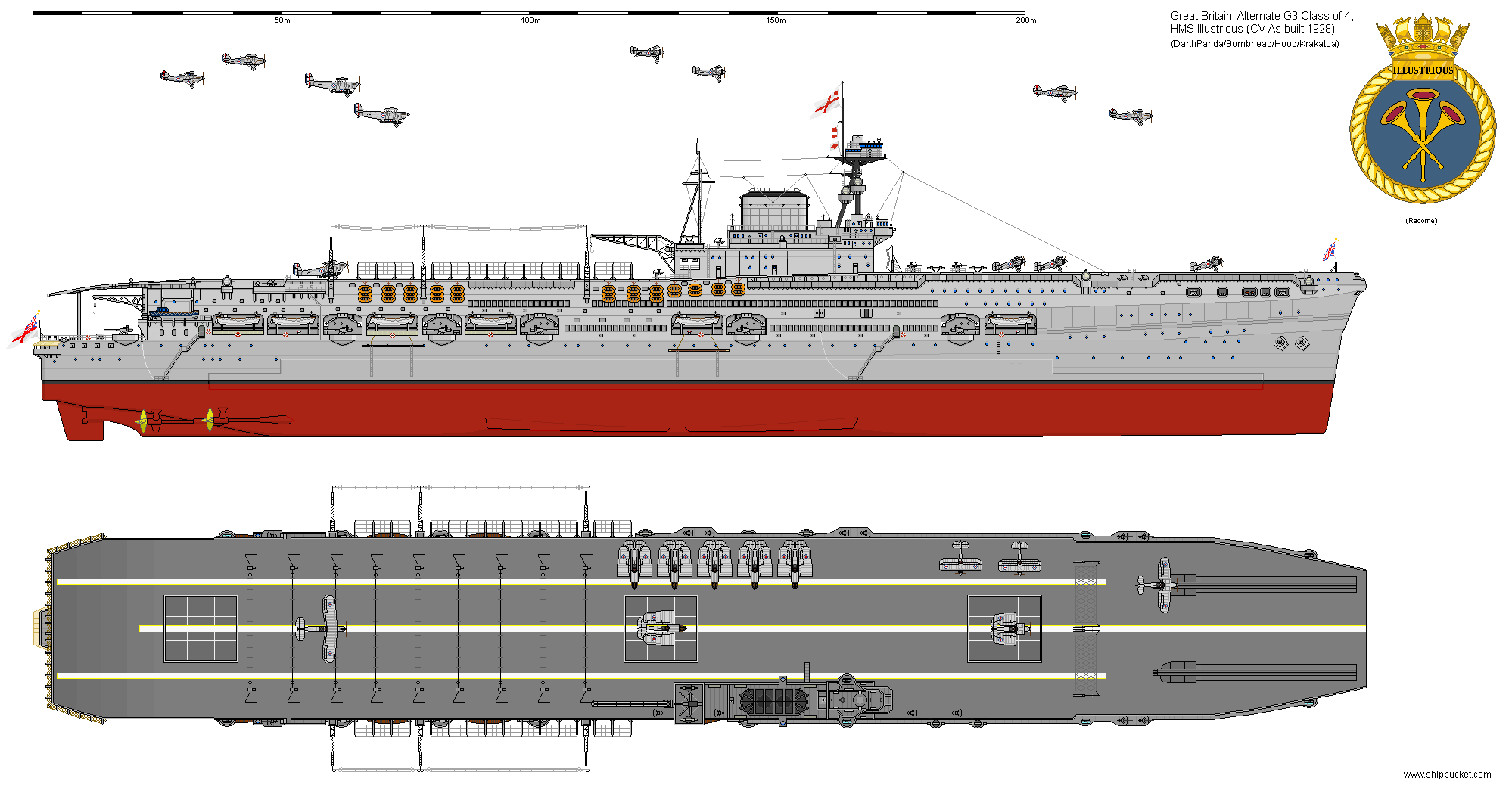McPherson
Banned
The disadvantage began with the Americans holding Henderson Field. For most of the campaign the Japanese had to fly all the way from Rabaul. They didn't build intermediary air bases till late in the campaign. They also never knew how big the USMC Force was on Guadalcanal, or how much firepower they had. To defeat the Marines they'd need to land at least 2 divisions, with heavy weapons, with supplies for a period of weeks. Since they couldn't do that, they never should have started down that road. They ended up exhausting their air, naval, and logistical resources, and put themselves on the permanent defense
The IJA had faced larger better equipped and positioned enemy forces before; China; Russia; UK; the Americans in the Philippines. They understood, that it was a question of tenacity and sea-power AIRPOWER and supply, not the numbers of troops that decided issues in the terrain over which they fought. Knock out the enemy airpower and deny the use of the sea and the ground campaign should take care of itself. The Japanese also knew that as the attacker, they had the initiative and that they only had to pierce and collapse a perimeter defense on Guadalcanal. A local attack that reached into the interior of the Marine defense could slice the defenders up section by section. This is the part of the campaign that we armchair generals forget. It was what worried Vandegrift. it was why Turner's failure to secure the seas around Savo Island was such a disaster and not just the loss of the four cruisers (no minefields for the channels, no cover of Indispensable Strait, no radar site set up on Savo Island or FREAKING ARTLLERY?) The Japanese figured they had to land their own heavy artillery or float it in and they tried. That was the business with Eastern Solomon Islands, Cape Esperance, The battleship runs against Henderson Field of 14 October was the float attempt. Santa Cruz followed that little exercise and neutered USN floating aviation. The US could not float it (supply) in after that one, so they established AN AIR BRIDGE and flew it in. This was not what the IJA or IJN anticipated. Bullets, artillery shells, aviation gas, planes and even equipment and supplies to repair the shot up runways. The battleship runs after Santa Cruz Islands of November 12-15 November were supposed to finish what they had partially accomplished a month earlier. (Why the delay? It turns out the Japanese had a fuel crisis, so they had to build up stocks at Chu'uk and Rabaul. Also they had to beat Kinkaid and Halsey at Santa Cruz.). It would not have mattered if Lee lost the battle on 15 November 1942, the air bridge would have held because the Japanese could not stop the transport planes coming in after the Marines patched the runways again. No continuous CAP. Still Lee won and after that event, it became the Americans who needed to build up a corps to dislodge the IJA presence on Guadalcanal.
The Japanese actually HAD their 2 divisions on Guadalcanal with sufficient supplies for a whole month despite American efforts. So... They lost the ground campaign soldier against soldier, fair and square, too.
Japan simply faced an insoluble strategic problem. If for no other reason then the Submarine War they were going to run out of oil by the end of 1944. After that they start running out of food, and every other strategic material. Then again they did understand they'd probable lose, no matter what they did. They only started the war from a feeling of desperation, mixed with a suicidal zeal for glory, and a vain hope that somehow destiny would save them. The U.S. Ambassador to Japan in 1941 tried to warn Washington that if pressed to hard Japan could make an irrational move, and they did. A lot of people like to engage in magical thinking.
If the submarine war was to work, then one has to recognize that IGHQ was not stupid. They, the IJN, EXPECTED that a guerre de course based on WWI German performance rates to be mounted against them. The IJN warned that this would cost the Japanese merchant marine about 40% of its lift built or expected tio be built in 3 years of fighting and recommended that any plans for the southern resources area that meant the loss of 3.5 million tonnes of shipping capacity be factored. That 1941-1943 fighting actually yielded only HALF of those losses surprised the IJN.
Why would a nation accept such a slaughter of its merchant marine and go into war without convoy escort forces? (Looking at you, Great Britain and the United States Navy DOWN TO THE PRESENT. Take a look at the CHINESE navy. Lots of frigates and ASW capability has in them appeared recently.)
The IJN looked at their US enemy and thought... even in peacetime, that big bully is twice as big as we are and even though we strain with all our might, we will never be to able to reach defensive/offensive naval parity so that we can attack into the southern resources area. We could, however, if we gave up on trying to protect our merchant marine, which he must do, build to near parity in decisive battle forces and match him that way. One Tsushima, might take three years of belt tightened warfare and then we can negotiate a peace. All offense.
How did that work for them? Exactly as they hoped. They got their three years and... then came the fourth year and it all came apart.




